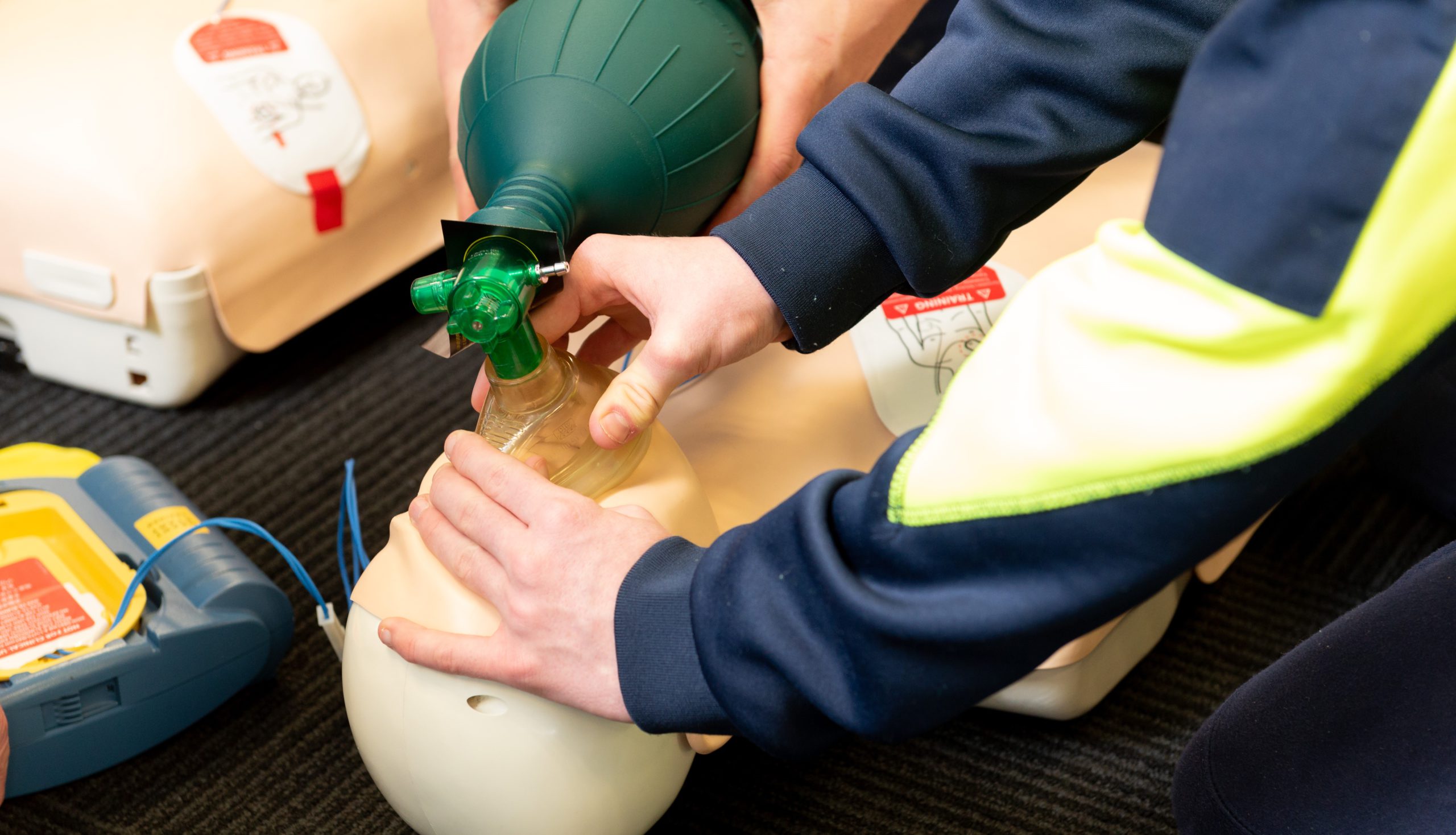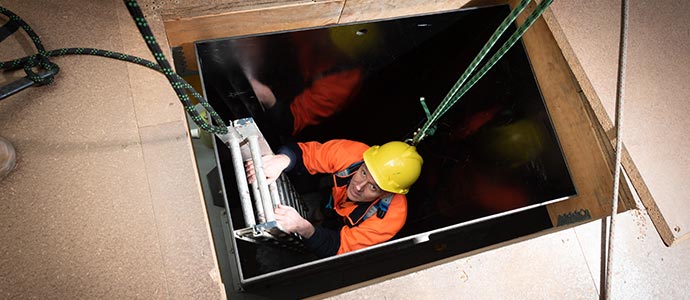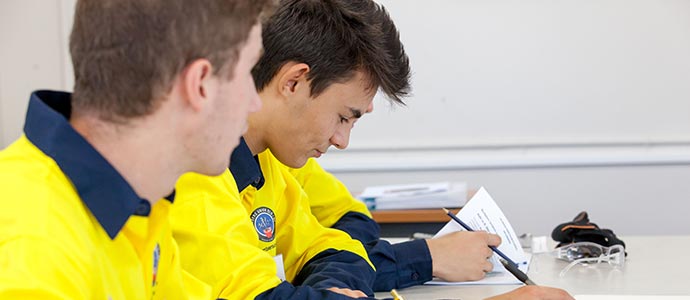
Provide First Aid
Learn the practical skills and theory required to perform CPR in line with the Australian Resuscitation Council (ARC) guidelines.
RIIWHS202E – Enter and work in confined spaces
MSMWHS216 – Operate Breathing Apparatus
HLTAID009 – Provide Cardiopulmonary Resuscitation

Confined space training is a combined offering of three units, which will provide learners with practical skills for working in and around confined spaces; understand how to safely inspect, maintain and operate self-contained breathing apparatus (SCBA) that may be required during a fire or in hazardous environments and how to provide cardiopulmonary resuscitation (CPR).
This is a nationally accredited qualification that is recognised in all states and territories of Australia.
Students who complete this qualification will gain the skills and knowledge to:
Participants are required to:
There are no formal prerequisites for this course, however, please be advised that under clause 153 of WorkSafe Victoria’s Compliance Code, employers must establish procedures for the control and management of an emergency in a confined space, including procedures for:
• the rescue of any person from the confined space
• first aid to be provided to any person in the confined space and after rescue from the confined space.
This means any person required to enter a confined space to assist with a rescue or act as a “Standby person” requires a current First Aid qualification (issued within the past 3 years) and a current CPR qualification (refreshed annually).
Prior to enrolling in the this course or the confined space refresher course, please supply your Statement of Attainment for HLTAID011 Provide First Aid or enrol in the course at CEPUTEC here.
If you have completed your First Aid training at CEPUTEC, please provide confirmation with our admin team by emailing enquries@ceputec.edu.au or calling 1300 222 727.
HLTAID009 – Provide Cardiopulmonary Resuscitation is included in both courses.
No RPL can be applied to this course.
$440 – full fee
$330 – Industry Association Member (NFIA, Master Plumbers, AMCA)
$0 – PPTEU Member
Cancellation fees may apply, please see Learner Information page for terms and conditions.
A range of assessment methods will be used to assess that the learner can:
RIIWHS202E – Enter and work in confined spaces
MSMWHS216 – Operate breathing apparatus
HLTAID009 – Provide cardiopulmonary resuscitation
Students who satisfactorily complete all course requirements will be eligible to receive a Statement of Attainment issued by CEPUTEC (RTO 4612), which is recognised nationally under the Australian Qualifications Framework.
Read this before you enrol.
Start date
End date
Location
PICAC – Brunswick
Vacancies
Contact us for information about arranging training delivery at your workplace/worksite.

Learn the practical skills and theory required to perform CPR in line with the Australian Resuscitation Council (ARC) guidelines.

Covers the mandatory work health and safety training required prior to undertaking tasks on a construction site.

A ‘confined space’ means an enclosed or partially enclosed space that:
A confined space is determined by the hazards associated with a set of specific circumstances and not just because work is performed in a small space. Entry into a confined space means a person’s head or upper body is in the confined space or within the boundary of the confined space.
Confined spaces are commonly found in vats, tanks, pits, pipes, ducts, flues, chimneys, silos, containers, pressure vessels, underground sewers, wet or dry wells, shafts, trenches, tunnels or other similar enclosed or partially enclosed structures.
More information on the regulations can be found at Safe Work Australia.
If you study any Nationally Recognised Training in Australia, you are required to have a USI. Your USI links to an online account that contains all your training records and results (transcripts) that you have completed since 2015.
When applying for a job or enrolling in further study, you will often need to provide your training records and results (transcript). The benefit of the USI is the ability to provide learners with easy access to their training records at any time.
You can access your USI account online from your computer, tablet or smart phone.
If you do not already have a USI, go to www.usi.gov.au/students/create-your-usi/ on a computer or mobile device.
Note: A USI must be supplied to CEPUTEC during enrolment so that a Nationally Recognised Qualification or Statement of Attainment can be issued to you.
For further information, please see the video under Learner Resources.